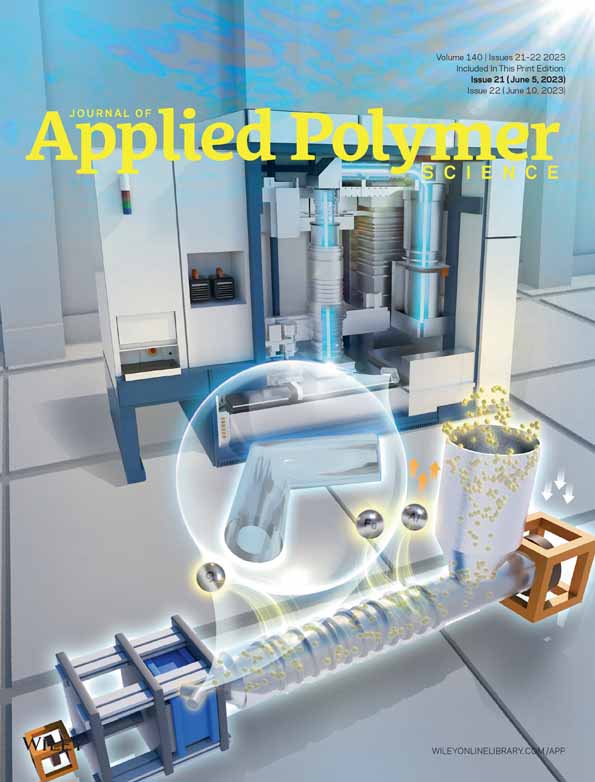Enhancing anti-thermal hysteresis ability, response stability and sensitivity of polymer humidity sensor by in-situ crosslinking curing method
Abstract
Compared with room temperature, the responsive curve of polymer humidity sensor usually presents a nonlinear shift and distortion at higher temperature conditions, this will sharply decrease the accuracy and working stability of polymer humidity sensor. In this paper, an organic–inorganic cross-linked interpenetrating network (c-IPN) between silocane compounds and acrylic prepolymer resin has been constructed to prepare a c-IPN humidity-sensitive material by in-situ crosslinking reaction. The results shows that the prepared c-IPN polymer humidity sensor shows more sensitive in range of 30–90% RH, with higher linearity coefficient of 0.9996 and lower hysteresis coefficient of 1.25% RH. And the c-IPN polymer humidity sensor exhibits more higher stability at higher temperature than that at room temperature. Meanwhile, the temperature coefficient of the c-IPN polymer humidity sensor can decrease to 0.53% RH/°C, along with temperature hysteresis curve linear coefficient increase to (R2 = −0.999), when (3-aminopropyl) triethoxysilane is used at dosage of 10 wt.% druing crosslinking reaction. This study presents a feasible practical technical solution for developing novel high-performance polymer humidity-sensitive materials and its humidity sensors at wider temperature range.
CONFLICT OF INTEREST STATEMENT
The authors declare that they have no known competing financial interests or personal relationships that could have appeared to influence the work reported in this paper.
Open Research
DATA AVAILABILITY STATEMENT
Research data are not shared.




